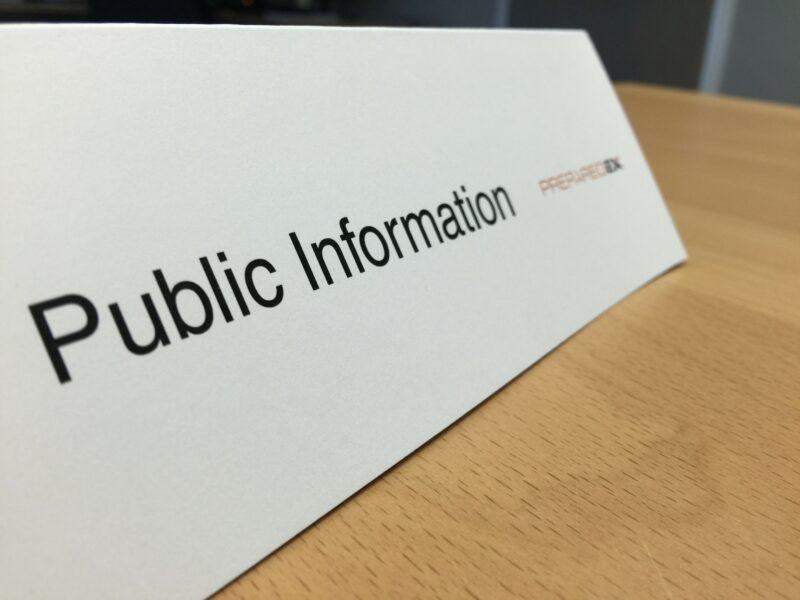Your Biggest Risk Isn’t the Outage—It’s the Unprepared Response
Imagine This…
You’re halfway through your morning coffee (or tea, if you’re British like me) when your trading platform suddenly goes dark. No alerts. No recovery plan. Key clients are freaking out; one even turns to Twitter to vent. Sound familiar? It’s not fiction—this happened when FIS, a major financial‐services technology vendor, suffered a power outage and hardware failure in early 2025. This disruption affected dozens of banks—including Capital One—for several days, delaying deposits and upending customer access to funds. The result? Transaction delays, strained trust, and leadership forced to scramble on crisis communications as systems remained unstable.
It is No Longer Optional
Operational resilience isn’t “nice to have”—it’s mission-critical. In the past several years, the evidence is clear: disruptions have carried serious financial and reputational consequences.
According to IBM’s 2024 Cost of a Data Breach Report, organizations that experienced very significant business disruption saw average breach costs of USD 5.01 million, compared to lower disruption scenarios at USD 4.63 million.
The 2024 CDW Cybersecurity Research Report found that among U.S. financial firms who estimated data breach damages in the past five years, 55 percent reported costs between $5 million and $10 million; one participant specifically cited a malware attack that cost about $1.8 million plus six days of downtime.
What’s Bothering You—and How to Address It
Let’s tackle the top concerns I hear over too many coffee breaks:
1. How do we test resilience without causing a meltdown?
Simulate incidents in safe environments—sandbox drills, tabletop exercises, “fire drills” that stress test your capabilities.
2. Does cyber resilience just mean firewalls and backups?
Nope. It’s a holistic strategy: IT, business processes, communications, third-party vendors, even your PR team.
3. How can we align crisis communications with our response?
Prep messaging templates now, craft ‘as-if’ scenarios, and appoint spokespeople — before you’re on the back foot.
4. Where do we begin? It feels overwhelming.
Pick a critical business service (like payments or client onboarding), map dependencies, spot weak links—and build from there.
5. How do regulators see this?
Increasingly, they demand proof you can withstand and recover from disruptions. Being proactive isn’t just best practice, it’s expected.
Structure That Works
1. Map, Monitor, Measure
Start by mapping critical services—from front-end apps to third-party vendors. What depends on what? Where are single points of failure? Monitor real-time performance and get clear metrics: RTOs (Recovery Time Objectives), RPOs (Recovery Point Objectives). If there are latency spikes or backups lag, you see it early.
2. Simulate the Unexpected—Regularly
Schedule playbook-based tabletop drills and full-blown simulations. Try a “cyber-attack hitting your trade desk,” or “simultaneous power outage and vendor downtime.” Measure not just IT fixes but your communications and decision loops, too.
3.Communicate—Crisply and Early
When things go sideways, confusion deepens crisis. Have pre-written templates, tiered messaging (internal/external), and a crisis comms ready. Aim for transparency—not over-explaining, but timely clarity.
4. Learn, Iterate, and Fortify
After each disruption or drill, conduct a quick review: what worked, what didn’t? Document gaps, assign owners, and update resilience playbooks. Build resilience muscle memory.
5. Embed Resilience Culture-Wide
Operational resilience isn’t confined to the “risk team.” It’s a mindset across lines of business: operations, IT, security, communications. Encourage ownership. Celebrate teams that “catch it before it goes live.”
Related: Your Cyber Incident Response Capabilities Mean Nothing Until You Battle Test Them
Real World Scenarios
When resilience is ignored
In 2022, a mid-tier investment services firm in North America suffered a failure in its primary data center during peak trading hours. Although it had a backup facility, it wasn’t load-tested for over a year. When activated, the backup faltered under volume, causing cascading failures across trading platforms and customer portals. The outage lasted nearly five hours, resulting in millions in missed trades, regulatory fines for reporting delays, and negative media coverage.
This reflects one of the main risks highlighted by the OCC, which calls for firms to conduct regular testing of backup systems and contingency plans to avoid prolonged outages and regulatory penalties.
When resilience is embedded in culture
In 2023, a large retail bank in Europe experienced an outage at its main processing hub because of a third-party network fault. However, thanks to quarterly failover drills, secondary systems were operational within minutes. Crisis communications protocols kicked in immediately—customers received status updates within 15 minutes via mobile alerts, website banners, and social media. The disruption lasted under 30 minutes, and client satisfaction remained steady. Regulators, including the FCA, have commended firms that demonstrate such transparent, rapid responses and robust resilience planning.
Your Peer-to-Peer Takeaway: A Quick Checklist
Before you step away from this post, here are 4 actions you can take today:
- Map one critical service—list dependencies and failure points.
- Run a mini-drill—even tabletop over tea counts.
- Draft or review your comms template—ready for internal and client messaging.
- Challenge a process—ask a vendor or IT team, “What if we went dark for an hour?”
Closing Thought (and Gentle Invitation)
You’ve weathered storms before—tech meltdowns, vendor glitches, unexpected outages. But you don’t have to be reactionary. With intentional planning, smart simulations, and crisp communication, you can shift from being caught off-guard to confidently in control.
Want to dig deeper? Reach out to PreparedEx to explore scenario design, resilience diagnostics, or “tabletop over tea” workshops. Let’s build that resilience muscle—together.
Thanks for reading and remember it’s not the outage that defines you, it’s how quickly you bounce back.








Add your first comment to this post